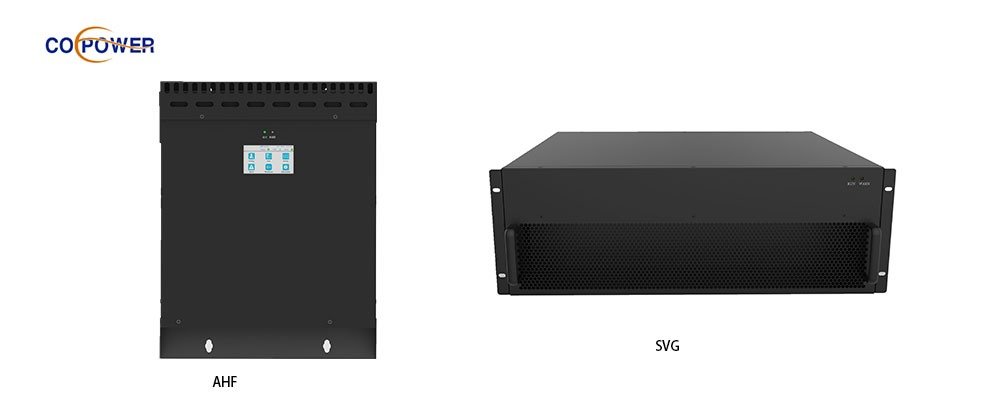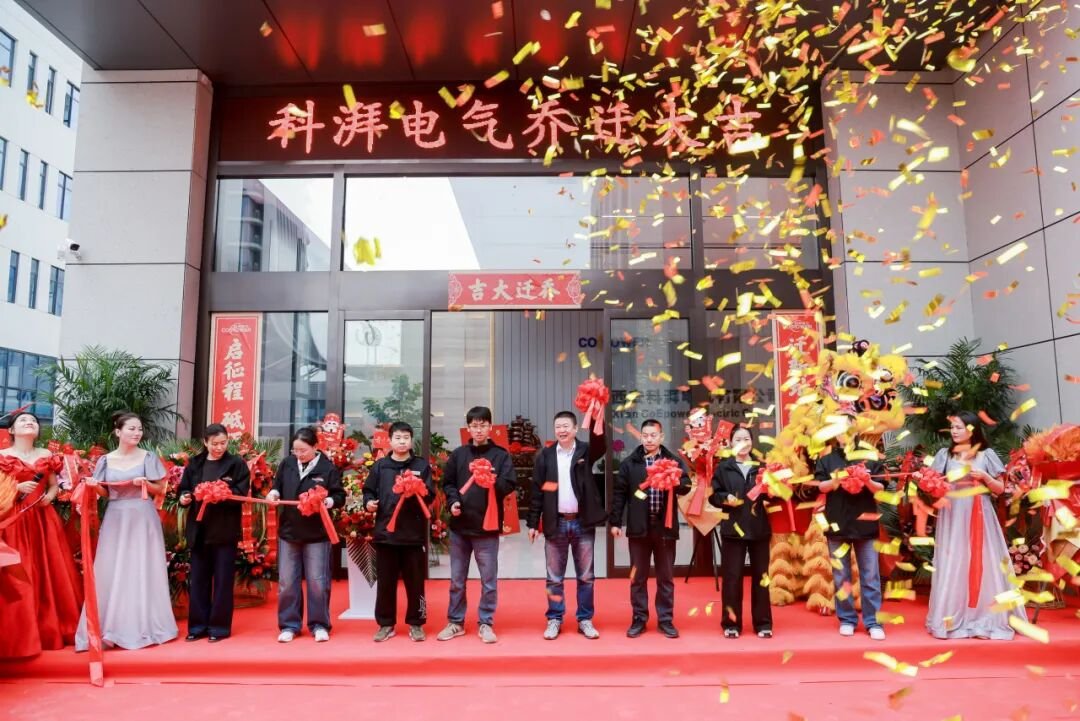Đúng, Nhưng với những hạn chế:
Giảm thiểu hài hòa cải thiện hệ số công suất biến dạng (Nhúng):
Bằng cách loại bỏ các dòng sóng hài, AHFs làm giảm tổn thất yếu tố công suất biến dạng, Cải thiện toàn bộ hệ số công suất (TPF).
Bồi thường công suất phản ứng hạn chế:
Một số AHF tiên tiến có thể tiêm dòng điện dẫn đầu hoặc bị tụt lại để điều chỉnh hệ số công suất dịch chuyển (tương tự như tụ điện hoặc statcom).
Tuy nhiên, Chúng ít hiệu quả về chi phí hơn các tụ điện để điều chỉnh công suất phản ứng thuần túy.

- So sánh với các phương pháp PFC truyền thống

- Các ứng dụng thực tế trong đó AHFS cải thiện hệ số công suất、
2.1 Nhà máy công nghiệp có VFD
Vấn đề: Ổ đĩa tần số biến (VFD) tạo ra sự hài hòa và sức mạnh phản ứng cảm ứng.
Giải pháp: AHFs làm giảm hài hòa, Cải thiện DIPF, Trong khi các tụ điện chính xác DPF.
2.2 Trung tâm dữ liệu với tải SMPS
Vấn đề: Nguồn cung cấp năng lượng chế độ chuyển đổi (SMPS) gây ra biến dạng điều hòa và hệ số công suất kém.
Giải pháp: AHFS Clean Harmonics, Tăng cường hệ số công suất tổng thể mà không cần thêm các đơn vị PFC.
2.3 Hệ thống năng lượng tái tạo
Vấn đề: Bộ biến tần mặt trời/gió giới thiệu hài hòa và công suất phản ứng dao động.
Giải pháp: Hệ thống lai (Ahf + Statcom) Cung cấp cả lọc hài hòa và PFC động.
2.4. Hạn chế của AHF trong điều chỉnh yếu tố công suất
Chi phí cao hơn: AHFS đắt hơn các ngân hàng tụ điện cho PFC thuần túy.
Năng lực KVAR hạn chế: Chúng được tối ưu hóa cho hài hòa, không có sức mạnh phản ứng số lượng lớn.
Không phải lúc nào cũng cần thiết: Nếu sóng hài thấp, Tụ hoặc Statcom có thể hiệu quả hơn.
- Phần kết luận
Bộ lọc điều hòa hoạt động không cải thiện hệ số công suất, nhưng chủ yếu bằng cách giảm biến dạng điều hòa (Nhúng) thay vì bù cho sức mạnh phản ứng (DPF). Cho PFC đầy đủ, Một sự kết hợp của AHFS và tụ điện/statcom thường là giải pháp tốt nhất.
Trong các hệ thống điện hiện đại với ô nhiễm hài hòa cao, AHFS cung cấp một lợi ích kép: sức mạnh sạch hơn và hệ số công suất tốt hơn. Tuy nhiên, Các kỹ sư phải đánh giá xem hài hòa hay sức mạnh phản ứng là vấn đề chi phối trước khi chọn giải pháp phù hợp.


